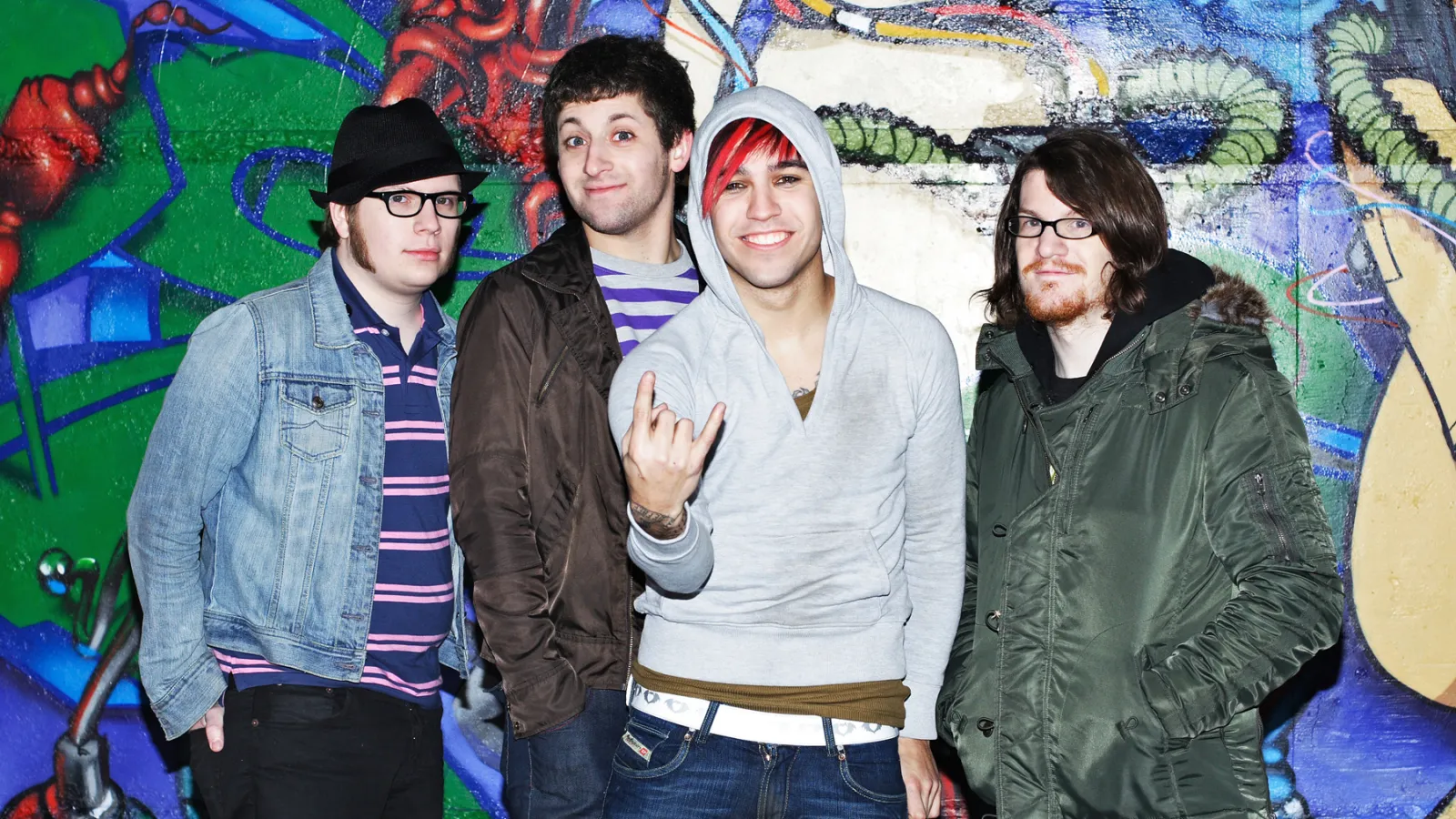Copyright Rolling Stone

In an era where humanity has more tools, more data and more computing power than ever before, it’s ironic that our imagination feels increasingly… compressed. We are drowning in information, and yet starving for vision. We swipe endlessly through bite-sized content but struggle to string together big ideas. The problem isn’t that we’re not thinking, it’s that we’re thinking inside the wrong container. Our dreams have become throttled by the very way we express them. Simply put: we’re dreaming through a straw. Let’s begin with the obvious: the world is on fire. Climate volatility, economic precarity, geopolitical unrest and an algorithmic attention economy are all conspiring to keep us in survival mode. Our amygdala is overactive, our nervous systems are fried and our dopamine cycles are hijacked by short-term stimuli. According to a 2023 report from the American Psychological Association, 62 percent of Americans say they feel overwhelmed by the constant stream of news, and nearly 50 percent admit they’ve “shut down” from dreaming about the future altogether. We’re not just stuck in fear. We’re stuck in small modes of communication that filter out our best ideas before they even form. Think about how you currently express a complex thought. You sit down, hands hovering over a keyboard, and you type. Letter by letter. Word by word. Thought by thought. That’s 40 words per minute on average, for the most educated knowledge workers on earth. Meanwhile, we can speak at over 130 words per minute, and think at speeds far beyond that. Typing isn’t just slow, it’s cognitively constraining. It’s a tool built for documentation, not imagination. And yet, typing remains the dominant interface for nearly every knowledge task in modern society: brainstorming, planning, writing, presenting, strategizing, even ideating. But here’s what nobody tells you: the interface you use shapes the thoughts you have. A study from the University of Waterloo found that people generate 40 percent more novel ideas when brainstorming through voice than through typing. Why? Because the voice removes friction. It lowers the filter. It invites fluidity. Editor’s picks It’s time we stop treating communication as a neutral medium. It’s not. Communication is a cognitive amplifier. Or a limiter. And right now, we’re choosing the limiter. Let’s build a new ladder, one that moves us from compression to expansion. At the base is Letter Mode — typing, where our thoughts are broken into individual keystrokes. It’s precise but painfully linear. Above that is Word Mode — voice-to-text tools like Siri or Dictation. Here, you speak in words, but still edit in your head. Above that is Flow Mode, tools that I use like WhisprFlow, where you talk in full paragraphs and your brain follows a thread instead of a sentence. Then comes Idea Mode, where voice notes become rich raw material, transcribed and reviewed later, unlocking your reflective mind. One level up is Synthesis Mode, an AI-enhanced collaboration. Here, the machine helps you find patterns you didn’t know you were making. It doesn’t just capture your voice; it asks better questions. At the top, we have Vision Mode, the sweet spot where futures, imagination and AI converge. The Rolling Stone Culture Council is an invitation-only community for Influencers, Innovators and Creatives. Do I qualify? This ladder isn’t about replacing human creativity. It’s about freeing it from the bottleneck of outdated tools. Steve Jobs was known for his “walking meetings” where he talked out ideas in real time. Dr. Martin Luther King Jr. often refined his speeches through spoken rhythm long before putting pen to paper. Communication, at its best, has always been aural, emotional, rhythmic and alive, not just letters on a screen. Related Content One executive we work with, leading a Fortune 100 innovation lab, shifted her entire team to a “voice-first” ideation and question-based workflow. They begin every new initiative with a five-minute voice memo describing the dream, before any slides, decks or deliverables are created. Those memos are transcribed, synthesized by AI and remixed into strategic documents. Even AI itself is telling us to speak up. Whisper, OpenAI’s automatic speech recognition model, has processed billions of spoken words to train systems on the nuances of human thought in motion. And when paired with large language models like GPT-4, these systems can now recognize patterns in your unstructured speech, helping to synthesize ideas and highlight insights you didn’t consciously express. When you change how you communicate, you change how you think. When you remove the friction of typing, you access deeper wells of insight. When you invite AI into the room, you multiply your cognitive bandwidth. And when you allow dreams to be spoken, you create space for vision. First, stop mistaking precision for depth. The cleanest sentence is not always the truest thought. Second, upgrade your default expression tier. Make voice the start of your thinking, not the fallback. Third, use AI as an imagination partner, not just a productivity hack. Ask it to help you connect the dots, not just summarize them. And finally, reimagine your communication rituals. Replace status updates with story updates. Replace “what are we doing?” with “Why does this matter?” Replace slide decks with voice dreams. Our minds are not small, but our tools have been. And that’s not our fault. But it is our responsibility to fix. The old cliché says: “Small minds talk about people. Medium minds talk about events. Big minds talk about ideas.” Let’s rewrite it: “Small modes talk in letters. Medium modes talk in ideas. Big modes talk in dreams.” Trending Stories This isn’t about judging minds. It’s about choosing modes. Because when you only think in text, you shrink your canvas. When you think in story, sound, metaphor and collaboration, you expand it. What the world needs most right now is expanded minds, communicating at the level of imagination, not execution.



